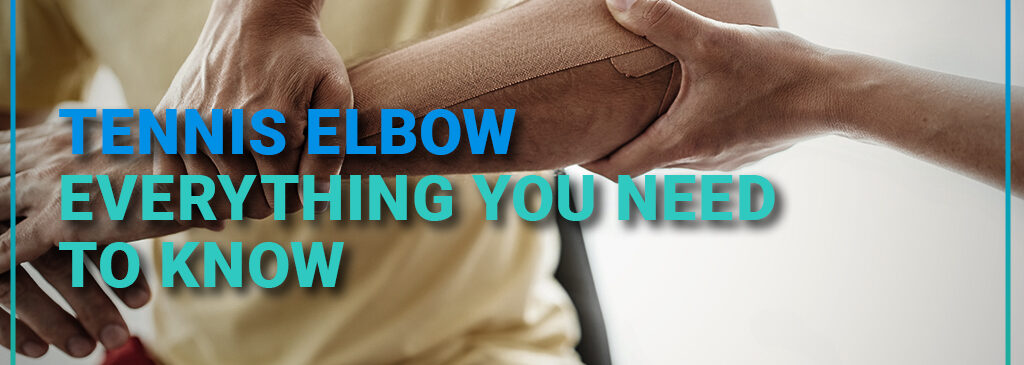Tennis Elbow – Everything you needs to Know
Tennis elbow, also known as lateral epicondylitis, is a condition that can result from overuse of the muscles and tendons in the elbow. Tennis elbow is often linked to repeated motions of the wrist and arm.
Despite its name most people who get tennis elbow don’t play tennis. Some people have jobs that involve repeated movements that can lead to tennis elbow. These include plumbers, painters, carpenters, Computer workers, Drivers, Riders and butchers. However, often tennis elbow has no clear cause.
The pain of tennis elbow occurs mainly where the tough, cord-like tissues of the forearm muscles attach to a bony bump on the outside of the elbow. The tissues are known as tendons. Pain can spread into the forearm and wrist.
Rest, pain medicines and physical therapy often help relieve tennis elbow. People for whom these treatments don’t help or who have symptoms that get in the way of daily living might have a procedure, such as a shot or surgery.
Symptoms
The pain of tennis elbow can travel from the outside of the elbow into the forearm and wrist. Pain and weakness can make it hard to:
- Pain Around Elbow
- Shake hands or grip an object.
- Turn a doorknob.
- Hold a coffee cup.
Causes
Tennis elbow is often linked to overuse and muscle strain. But the cause is not well understood. Sometimes, repeated tensing of the forearm muscles used to straighten and raise the hand and wrist triggers the symptoms..
Activities that can cause tennis elbow symptoms include:
- Playing racket sports, especially using backhand, with poor form.
- Using plumbing tools.
- Painting.
- Driving screws.
- Cutting up foods for cooking, particularly meat.
- Using a computer mouse a lot.
Less often, an injury or a condition that affects the body’s connective tissues causes tennis elbow. Often, the cause isn’t known.
Risk factors
Factors that can increase the risk of tennis elbow include:
- Age. Tennis elbow affects people of all ages. But it’s most common in adults between the ages of 30 and 60.
- Work. People who have jobs that involve repeating wrist and arm motions are more likely to develop tennis elbow. These include plumbers, painters, carpenters, butchers, and cooks.
- Certain sports. Playing racket sports increases the risk of tennis elbow. Not having good form or using poor equipment increases the risk even more. Playing more than two hours a day also increases the risk.
Lifestyle and home remedies
The following self-care measures might relieve tennis elbow: –
- Rest. Do not do activities that aggravate elbow pain.
- Pain relievers. Try pain relievers such as ibuprofen (Advil, Motrin IB, others) or naproxen sodium (Aleve).
- Ice. Apply ice or a cold pack for 15 minutes 3 to 4 times daily.
- Tennis Elbow Brace. Use During work or Play(Buy Tennis Elbow brace)
- Exercises. Best Exercise for tennis elbow clicks in this link or Visit Our Youtube channel, Mannat Physio Care


